Baldur’s Gate 3 has a strong assortment of Classes to choose from when building your character, each offering unique perks and benefits. Among them is the Paladin Class, known for their strength in the melee range and signature Smite Attacks. If you’re looking to build a Paladin in BG3 but are feeling lost in the numerous selections that need to be made, then we’ve got you covered. Here’s a complete breakdown of the best Paladin build in Baldur’s Gate 3, with a full explanation of how this build functions inside and outside of combat.
Baldur’s Gate 3 – Best Paladin Build, Explained
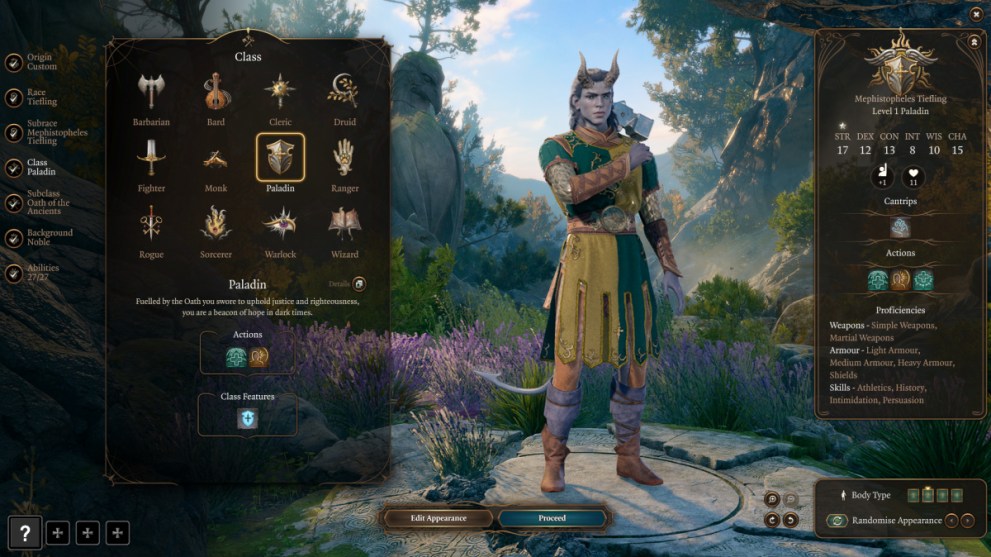
The first and most important thing to consider when building a Paladin character are the primary stats for this Class. These areas are where you’ll want to prioritize your points and assign additional Ability Increases to ensure your build functions to its highest potential.
The Paladin’s most important stat is Strength, followed by Charisma, and then Constitution.
- A high Strength stat is key to success, as this determines your Attack and Damage Rolls with Strength-based Weapons which are the most important Weapons for a Paladin to utilize. Strength will also determine rolls for any Athletics checks that you make.
- Charisma is the Paladin’s Spellcasting Ability, responsible for determining Attack and Damage Rolls for any Spells that you cast such as your Smites. As this is a key part of your kit as a Paladin, you’ll want to ensure that you make this stat your second priority.
- Constiution is responsible for determining the max HP of your character, which is important for enhancing your survivability — especially since the Paladin spends a lot of time in melee range. Because of this, it’s also important to pad this stat as your third priority whenever possible.
Recommended Paladin beginning stats: STR 17, DEX 10, CON 14, INT 8, WIS 8, CHA 16
Recommended Paladin Races
Paladins already come equipped with all Weapon and Armor Proficiencies, so Race doesn’t matter hugely for this Class. Any special bonuses you can get through your selection will be via unique Racial traits and abilities. Keeping this in mind, there are a few key options that may work better than others depending on what extra features you’d like to gain.
- Githyanki – Githyanki provide some helpful utility for your build through their unique Githyanki Psionics traits, which will enable you to gain access to Mage Hand, Misty Step, and a tripled jumping distance.
- Wood Elf – Wood Elves gain additional Movement Speed, giving them the most Movement out of any Race in the game. This can be very beneficial to the Paladin, allowing them to get where they need to for melee attacks and Smite spells in as few turns as possible. On top of this, you’ll gain Proficiency in Stealth, which can be quite helpful as the Paladin is often lacking in DEX.
- Deep Gnome – Gnomes gain Advantage for all rolls in the Intelligence, Wisdom, and Charisma stats. On top of this, Deep Gnomes gain Advantage on Stealth Checks and Superior Darkvision (24m), which is very useful due to the multiple dark locations you’ll traverse during your playthrough.
- Drow – Drows gain Advantage against being Charmed thanks to their Fey Ancestry, Superior Darkvision (24m), and Drow Magic, which provides you with the Dancing Lights, Faerie Fire, and Darkness Spells.
- Zariel Tiefling – Tieflings gain Darkvision up to 12m and Resistance to all Fire Damage through their Hellish Resistance. Zariel Tieflings specifically gain access to Searing Smite as a Second Level Spell Slot, Divine Smite once per Long Rest, and the Thaumaturgy Cantrip. All of these are key parts of the Paladins kit, so gaining some extra uses of these abilities through your Race can be very beneficial.
Recommended Paladin Subclass
Paladin Subclasses are perhaps some of the most unique variants in the game. Each Subclass is based on an Oath which they must follow with their actions and intentions throughout their adventure. If a Paladin defies their Oath, they will become an Oathbreaker – which changes their set of skills significantly. Because of this, knowing which Paladin Subclass to select, and how to stay within the guidelines of your Oath can be very important and beneficial for your gameplay.
The best Paladin Subclass to select is Oath of Vengence. This is because the guidelines for this Oath are fairly straightforward to follow, offer opportunities to make more morally ambiguous choices, and the skills you receive as this Subclass are quite well-rounded, making it a great choice for beginners and DND fans alike.
Oath Description: You have set aside even your own purity to right wrongs and deliver justice to those who have committed the most grievous sins.
Here is a complete breakdown of the Oath of Vengeance progression:
- Oath of Vengence Tenets: Fight the Greater Evil. Exerting your wisdom, identify the higher morality in any given instance, and fight for it. No Mercy for the Wicked. Chasten those who dole out their villainy by wiping their blight from the world forever.
- Level 1 – Inquisitor’s Might: You or an ally’s weapon attacks deal additional Radiant damage equal to your charisma modifier (minimum of 1) and can Daze enemies for 2 turns.
- Level 3 – Abjure Enemy: Frighten an enemy. They’ll be easier to hit and cannot move. Fiends and undead have Disadvantage on this Saving Throw.
- Level 3 – Vow of Enmity: Gain Advantage on Attack Rolls against an enemy.
- Level 3 – Bane: Up to 3 creatures receive a -1d4 penalty to Attack Rolls and Saving Throws.
- Level 3 – Hunter’s Mark: Mark a creature as your quarry to deal an additional 1d6 Slashing Damage whenever you hit it with a weapon attack. If the target dies before the spell ends, you can mark a new creature without expanding a Spell Slot.
- Level 5 – Hold Person: Hold a humanoid enemy still. The creature is Paralyzed and can’t move, act, or react. Attacks from within 3m are always Critical Hits.
- Level 5 – Misty Step: Surrounded by silver mist, you teleport to an unoccupied space you can see.
- Level 7 – Relentless Avenger: If you hit an enemy with an Opportunity Attack, your movement speed increases by 4.5m on your next turn.
- Level 9 – Haste: Target yourself or an ally to become Hastened. Gain an action Action and become faster and harder to hit.
- Level 9 – Protection From Energy: Touch a creature to grant it Resistance to Acid, Cold, Fire, Lightning, or Thunder damage.
Recommended Paladin Level Selections

At Level 2, you will need to select a Fighting Style for your Paladin. Go ahead and select Defense. This will add +1 to your AC, which is very beneficial to the Paladin because you’ll be spending most of your time in the melee range of enemies to deal damage. Improving your AC enables you more survivability by being harder to successfully hit.
At Level 4, you will be able to choose your first Feat, so go ahead and select Sentinel. This is a hugely valuable Feat for the Paladin. Sentinel enables you to expend your Reaction once per round to make an Attack if an enemy within melee range Attacks one of your allies. As you will be spending the majority of your time in combat within melee range of the enemy, Sentinel enables you to get even more damage per round and pick off enemies with great success.
At Level 8, you will be able to choose your second Feat. Usually, I’d recommend taking Ability Improvement to get your STR as close to 20 as possible, as this will be important as you continue to progress through the game and participate in increasingly difficult fights. However, there are some very special Gloves that you can obtain in Act 3 to boost your STR beyond the max of 20 to 23, which I will mention below in the Equipment section of this guide.
Because of this, you’re better off prioritizing another option at Level 8 and then obtaining these Gloves once you reach the city of Baldur’s Gate. Instead, I’d recommend still taking Ability Increase and using it to boost your CHA +2, which will bring it up to 18. This will improve damage from your Smites, which can have a devastating effect on the right targets.
At Level 12, you will be able to select your third and final Feat. Select Polearm Master here, as this will enable you to use your Bonus Action to make an additional Attack with the blunt end of any Spear, Glaive, Halberd, or Quarterstaff Weapon.
This also gives you much more versatility and enables you to customize your playstyle. There are Two-Handed Spear weapons with the Reach function that will allow you to Attack enemies from an extended melee range, as well as One-Handed Spear Weapons without the Reach, which will allow you to wield your Shield in your other hand to increase your AC.
Best Spell & Cantrip Choices for Paladin in BG3, Explained
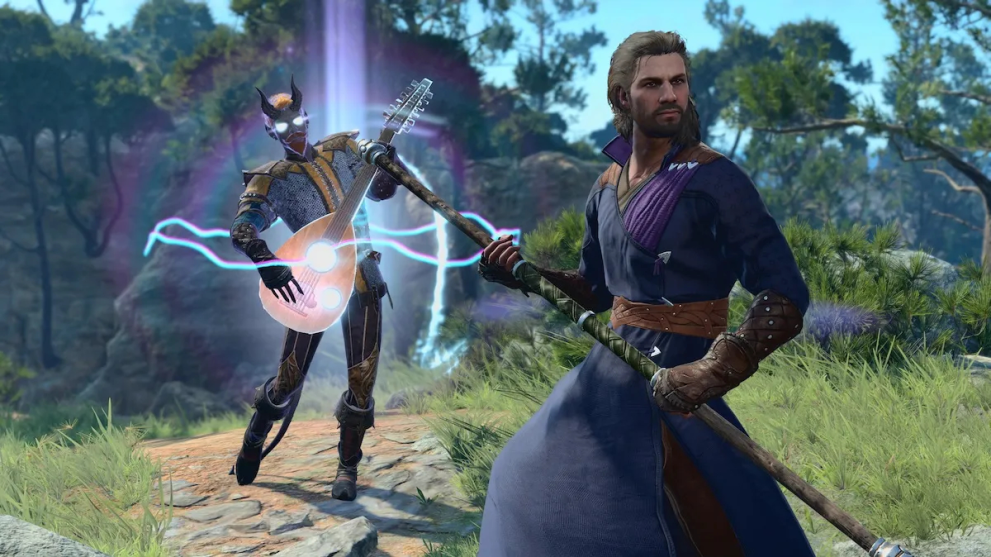
By the time you reach the max Level of 12 in the Paladin Class, you will have 4 Level 1 Spell Slots, 3 Level 2 Spell Slots, and 3 Level 3 Spell Slots. Here are some of the best options to consider when making your Spell selections and an explanation of what makes them so valuable to this build.
Best Level 1 Paladin Spells
- Searing Smite: Deal an extra 1d6 Fire damage and set your target on fire. It takes 1d6 Fire damage every turn.
- Smites are key to the Paladin’s kit, so picking up as many of them as possible enables you to deal chunks of extra damage and provides you with an effective Smite for almost every situation and variant of enemy.
- Bless: Bless up to 3 creatures. They gain a +1d4 bonus to Attack Rolls and Saving Throws.
- This is a huge asset, as you can use it to not only add extra damage to your Attacks but also the Attacks of your allies. It can also be used outside of combat to give you or your party members a better chance of succeeding their Saving Throws.
- Thunderous Smite: Deals an extra +2d6 Thunder damage to your Attack, pushing your target 3m away and possibly knocking it Prone.
- This is huge for gaining the upper hand against enemies, giving any Attack made against the Prone target an automatic Advantage.
- Wrathful Smite: Deals an additional +1d6 Psychic damage to your Attack, and possibly leaves your target Frightened. Frightened targets will be easier to hit, and they cannot move.
- A frightened creature can’t move and has Disadvantage on Ability Checks and Attack Rolls, so this Smite helps to shut down targets that you’re having trouble with in combat.
- Cure Wounds: Gain 1d8 Healing + your Spellcasting Modifier.
- Cure Wounds is an alternate option that can be swapped in for one of the other Smites, enabling you to heal yourself in a pinch if you often find yourself straying too far from your party healers and getting into trouble.
Best Level 2 Paladin Spells
- Branding Smite: Deals an additional +2d6 Radiant damage to your Attack and possibly marks your target with Light, preventing it from turning Invisible.
- This is a strong Smite in terms of damage, but is also incredibly useful at shutting down enemies that spam invisibility to avoid being hit, making those fights significantly quicker and easier to get through.
- Magic Weapon: Infuse a weapon with Arcane energy. The weapon becomes magical, receiving a +1 bonus to Attack and Damage Rolls.
- In tough fights, this +1 to Attack Rolls can be the difference between hitting or missing your target, and every little bit of damage counts. This makes the extra point of damage worthwhile. The Spell can last until your next Long Rest if you maintain Concentration too, providing solid value for you as a tank-y melee character.
- Lesser Restoration: Cure a creature from Disease, Poison, Paralysis, or Blindness.
- If there’s one thing that can be a huge annoyance to you as a melee Attacker, it’s status conditions that can prevent you from landing your Attacks and precious Smites. Keeping Lesser Restoration in your kit enables you to quickly heal yourself from these effects and continue the battle as normal.
Best Level 3 Paladin Spells
- Blinding Smite: Deal an additional +3d8 Radiant Damage and possibly Blind your target.
- Blinded is a hugely powerful status effect that can give your party a massive advantage against powerful and tricky enemies, as Blinded creatures have their Spells and Ranged Attacks restricted to 3m while gain Disadvantage on all Attack Rolls. Furthermore, all Attacks against Blinded creatures have Advantage.
- Crusader’s Mantle: Radiate a holy power that emboldens nearby allies. Their weapon attacks deal an additional 1d4 Radiant damage.
- This Spell is useful for all the same reasons as Bless, enabling your allies to all deal additional Radiant damage on their Attacks. This damage can seriously add up to some solid chunks of health if you’re running a team that all gain Extra Attacks.
- Elemental Weapon: Imbue a weapon with elemental power. It receives a +1 bonus to Attack Rolls and deals an additional 1d4 damage of your choice.
- This Spell has incredible utility. Not only does it enable you to deal extra damage on your Attacks, but you also get to select the type of damage you wish to deal, meaning you can strategize to capitalize on your opponent’s weaknesses.
Best Equipment for Paladin in Baldur’s Gate 3, Listed

- Head – Helmet of Smiting: When you apply a condition with one of your Smite spells, you gain temporary hit points equal to your Charisma Modifier. Constitution Saving Throws +1.
- You can find this item in a chest at the Selunite Outpost.
- Armor – Helldusk Armor (AC 21): When you succeed a Saving Throw, the caster receives Burning for 3 turns. You have Resistance to Fire damage, cannot be Burned, and take 3 less damage from all sources. You also gain the Fly Spell, which can be extremely useful for repositioning yourself quickly in battle.
- You can get your hands on this Armor from Raphael’s body at the House of Hope during the Escape the Deal Quest.
- Cloak – Cloak of Protection: You gain +1 to your AC and all Saving Throws.
- You can purchase this Cloak from Last Light Inn’s Quartermaster Talli.
- Gloves – Gauntlets of Hill Giant Strength: Increases the wearer‘s Strength to 23. Gain +1 to Strength Saving Throws.
- You can steal these Gloves from the Archives in the House of Hope.
- Boots – Boots of Speed: Expend your Bonus Action to double your movement speed for the current turn.
- You can obtain these boots by completing the Rescue the Survivors Quest or purchasing them from Thulia in Myconid Colony.
- Weapon – Nyrulna: This Weapon will return to your hand when thrown, and you cannot be forced to drop this Trident. When thrown, the Weapon creates an explosion that deals 3-12 Thunder Damage in a 6m blast centered on the target. You gain a +3m bonus to movement speed and jump distance, immunity to Fall damage, and the Trident provides a glowing light in a radius of 6m.
- To get your hands on this powerful Weapon, you’ll need to win the jackpot from the Genie Akabi at Circus of the Last Days, let him teleport you to the jungle, and then explore until you come across a chest. Nyrulna can be found inside.
- Shield – Viconia’s Walking Fortress (AC+3): When a foe hits you with a melee attack, you can use your reaction, dealing it 2-8 Force damage and knocking it Prone unless it succeeds a Dexterity Saving Throw. You gain Advantage on Saving Throws against Spells. Spell Attack Rolls against you have Disadvantage. Gain the Warding Bond Spell and Reflective Spell Action.
- You can loot this item from Viconia Devir after defeating her at the House of Grief.
That’s everything you need to know about creating the best Paladin build in Baldur’s Gate 3. Now that you know how to build this Class, why not check out some of our other guides, such as 5 must-try Multiclass builds in Baldur’s Gate 3? After all, Multiclassing can be a fun way to get value out of a second BG3 playthrough.

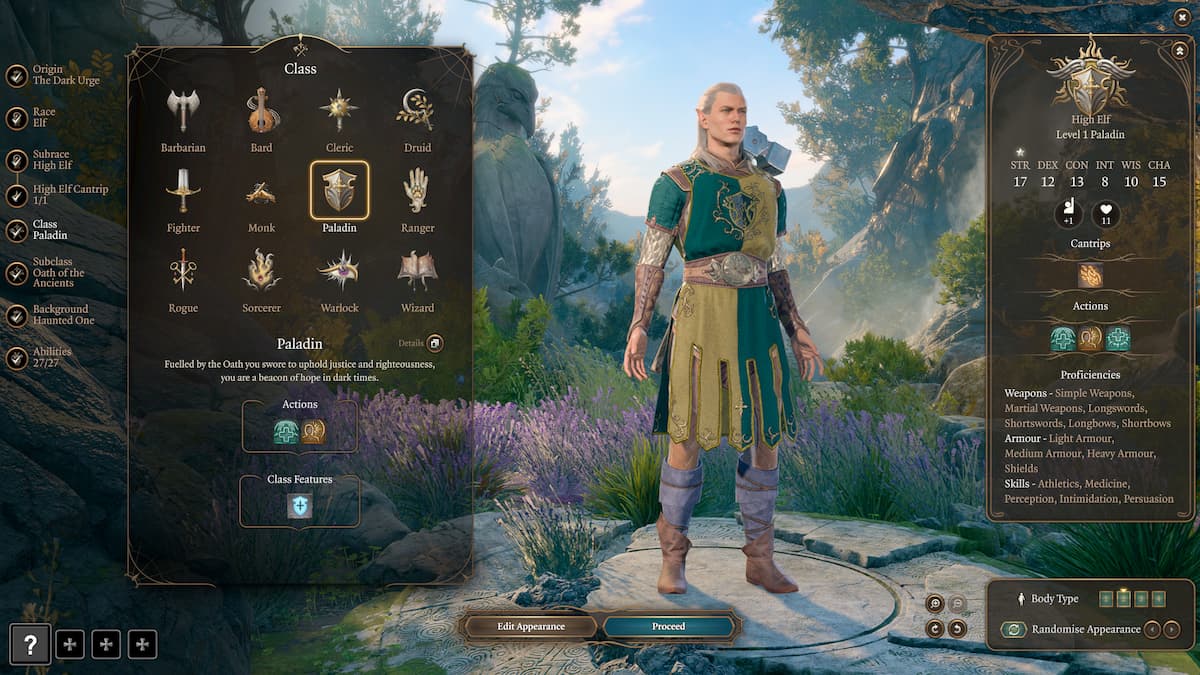
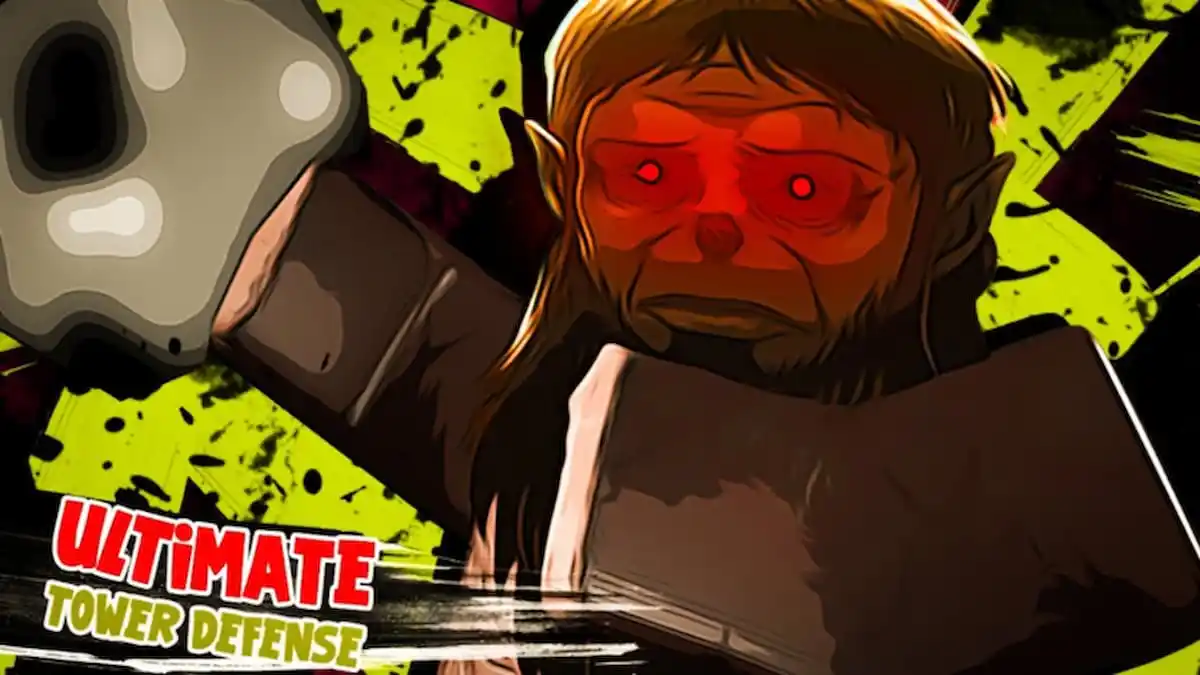


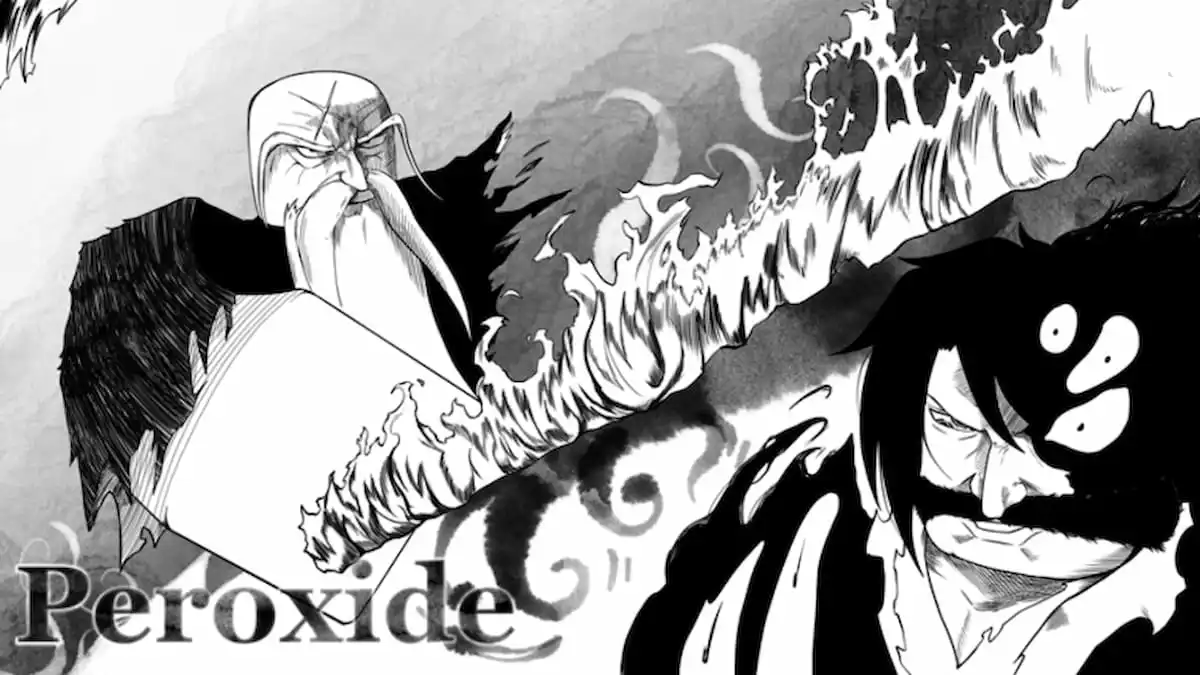
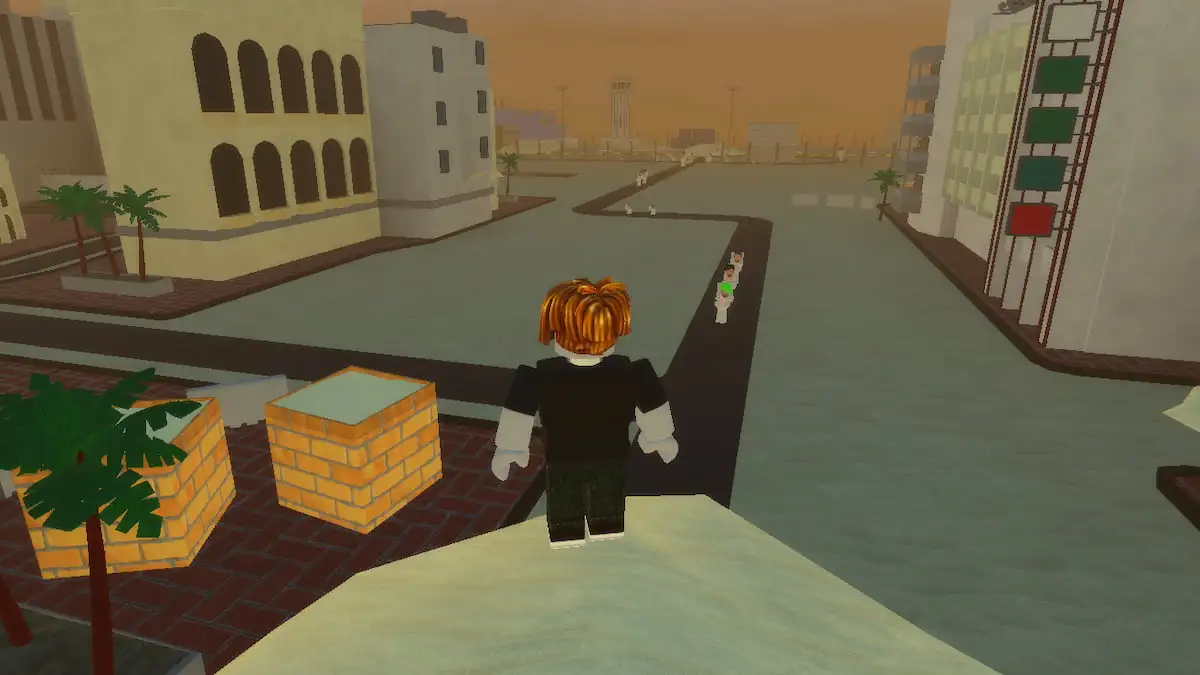

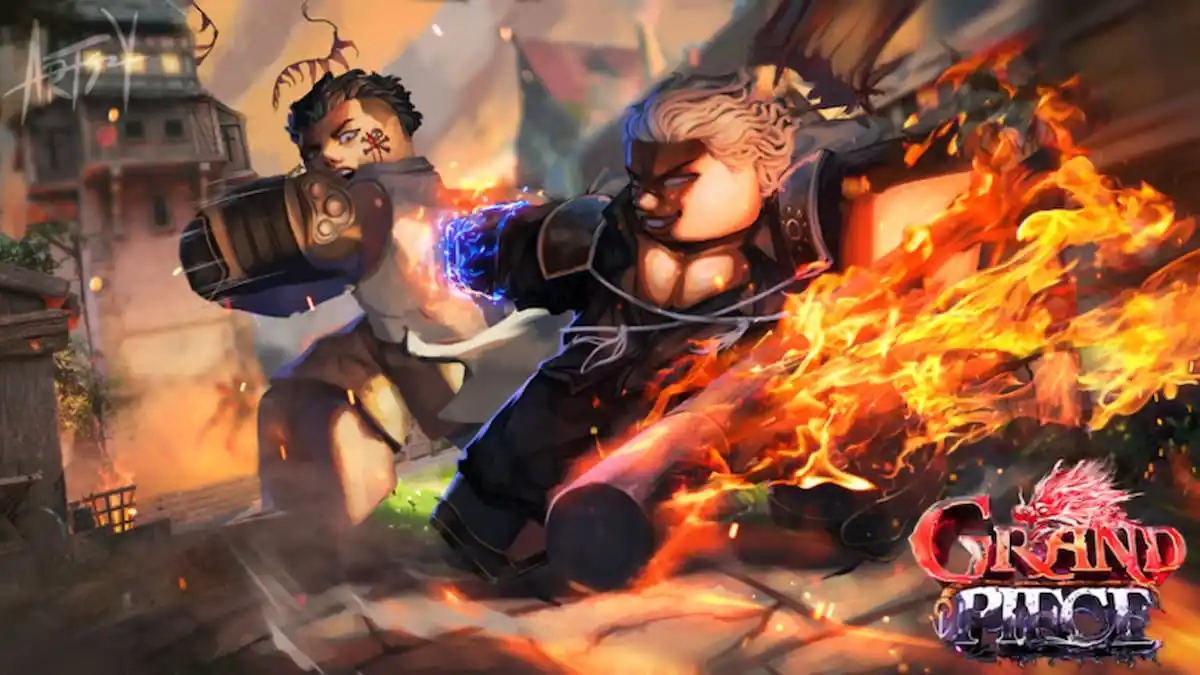
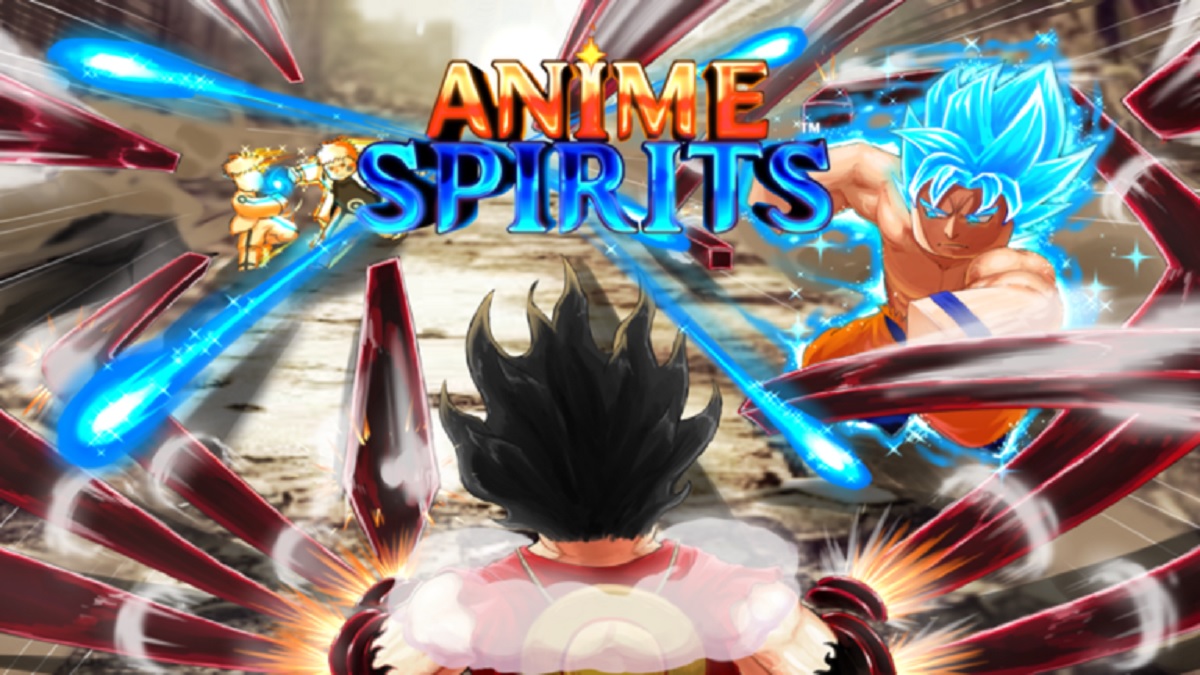

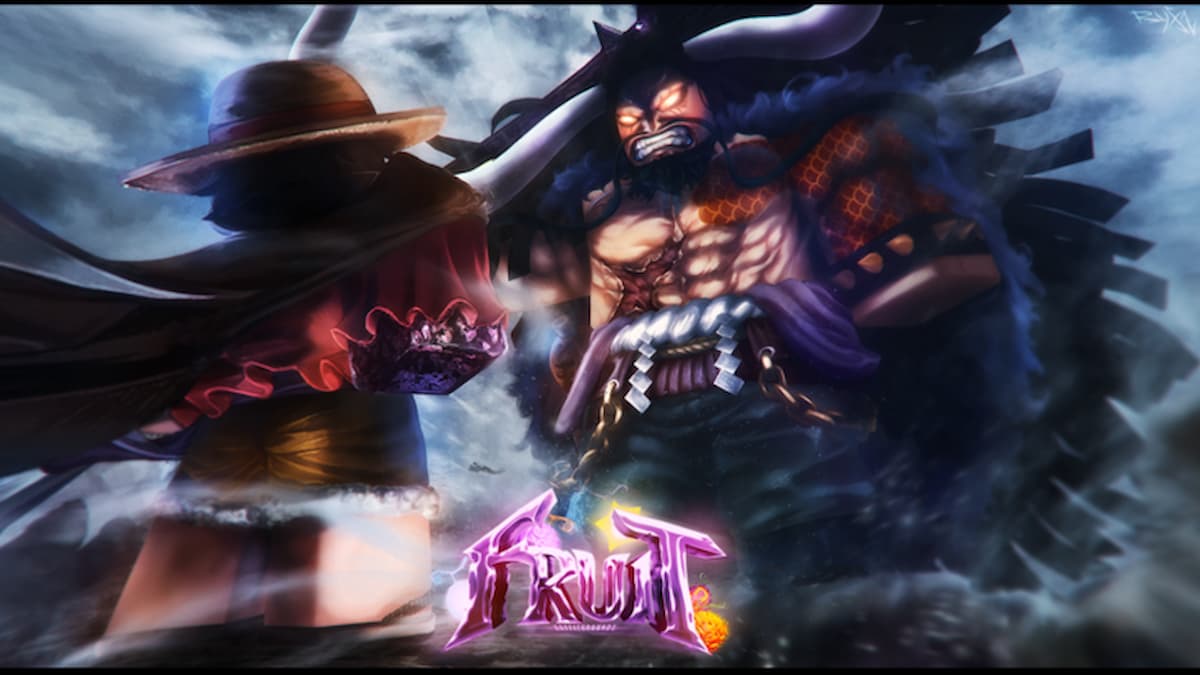

Updated: Sep 11, 2023 09:14 am